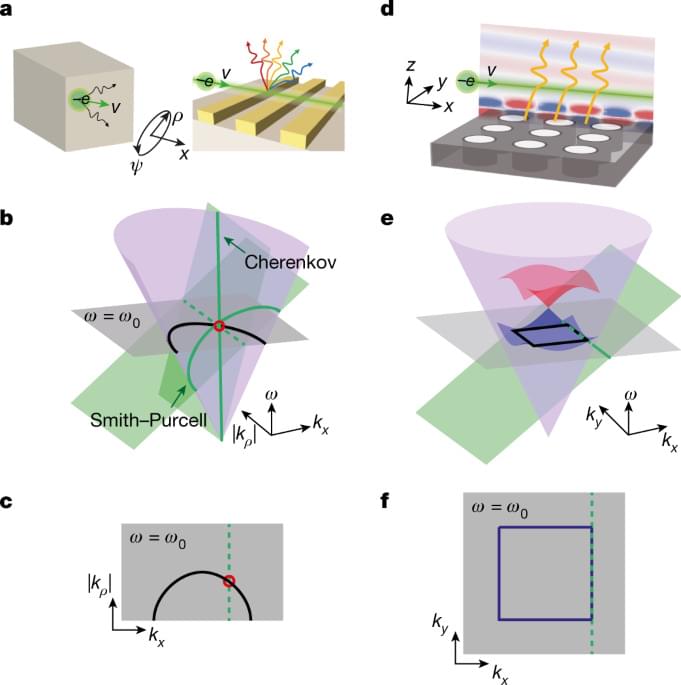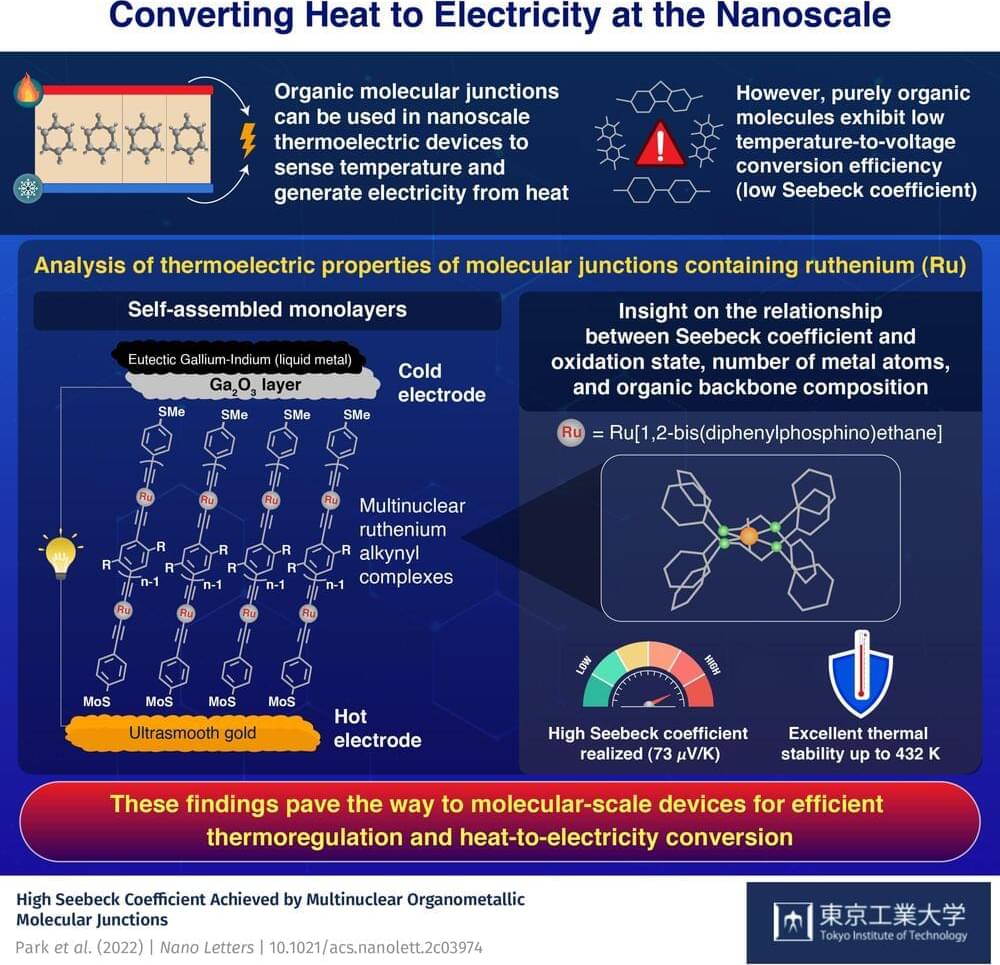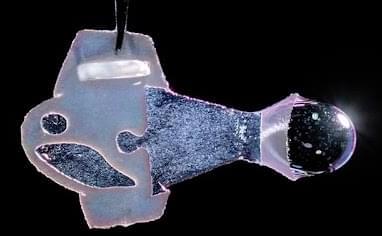Jan 8, 2023
Glow in The Dark Highway in Australia
Posted by Omuterema Akhahenda in categories: energy, transportation
https://www.youtube.com/watch?v=5s1JrDq2igA
The glow-in-the-dark pavement is charged by the sun during the day and emits its own light for up to 10 hours at night, eliminating the need for energy-consuming street lights. The glow-in-the-dark pavement is just the first stage of many potential projects engineers are testing to make roadways safer and more energy efficient.
Everyone is concerned when driving on a dark road if the road markers are not clearly visible or if the lighting is insufficient. Fortunately, Tarmac Linemarking, an Australian firm that works with OmniGrip and Vicroads, has made a fresh breakthrough by generating glow-in-the-dark road markings that resemble children’s toys. According to a report by News.com.au published on Thursday. The test was conducted on a one-kilometer section of the Metong Road in Victoria’s southeast and images were posted on Facebook.

















